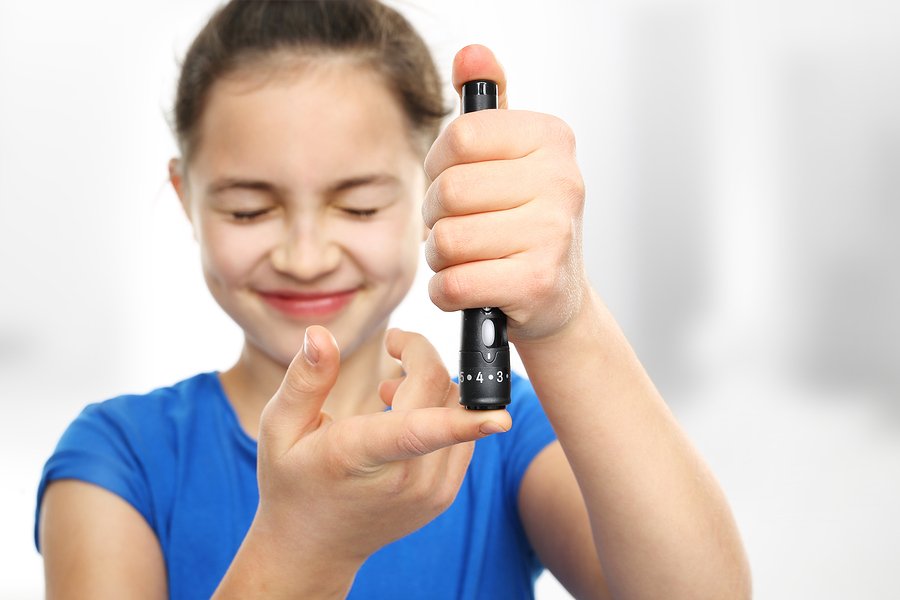Less than one-quarter of Americans get the government-recommended amount of exercise, according to an annual health survey published by the Centers for Disease Control and Prevention (CDC).
The National Health Statistics Report examined responses to an annual survey and found only 23 percent of American adults between 18 and 64 years of age claimed to meet the government’s guidelines for leisure-time physical activity in 2017. Despite this, the results show slightly higher physical activity levels than those recorded in 2015, when only 21 percent of respondents met the recommended levels.
The US Department of Health and Human Services (HHS) guidelines published in 2008 recommend adults aged 18-64 get a minimum of 150 minutes of moderate-intensity aerobic physical activity, 75 minutes of vigorous intensity activity, such as jogging or swimming laps, or an equivalent combination of moderate and vigorous activity. For greater health benefits, it recommends increasing moderate activity levels to 300 minutes a week or vigorous activity to 150 minutes. The guidelines also advise muscle-strengthening exercises involving all major muscle groups at least twice a week, for example, lifting weights or using resistance bands.
Colorado and Idaho had the most active populations, according to the latest survey, followed by New Hampshire, Vermont, and Massachusetts. Southern states had the lowest activity levels among adults, with Mississippi, Kentucky and South Carolina occupying the bottom of the table. Furthermore, the data revealed nearly 29 percent of men met recommended exercise levels, significantly higher than female respondents, of whom only 21 percent hit the target.
Under the Healthy People 2020 initiative, the government set a series of physical activity targets for 2020, including reducing the percentage of adults who engage in no leisure-time physical activity from 36.2 percent (2008) to 32.6 percent. Another goal was to increase the proportion of adults who meet the objectives for aerobic physical activity and muscle strengthening activity from 18.2 percent to at least 20.1 percent in this timeframe, which means the latest data puts the initiative on course to succeed in this goal.
Tainya Clarke, one of the report’s authors, and a health statistician and epidemiologist with the CDC's National Center for Health Statistics, told news outlet CNN: “We have to pause and ask ourselves, are we doing great as a nation? … Is it really good that only 23 percent of our population is engaged in enough aerobic activity and muscle strength training, or do we need to do better?"
Regular physical activity can help lower the risk of a variety of medical conditions, including coronary heart disease, stroke, high blood pressure, type 2 diabetes, osteoarthritis, depression, and certain forms of cancer. Despite the increase in physical activity among American adults, obesity in the US continues to rise.
Around four out of every ten adult Americans was obese in 2015-16, according to the Prevalence of Obesity Among Adults and Youth report published in 2017 by the CDC. However, a study published in the New England Journal of Medicine in the same year forecast that if current obesity trends continue, more than half (57 percent) of Americans currently under 18 will be obese by the time they reach 35 years of age.








